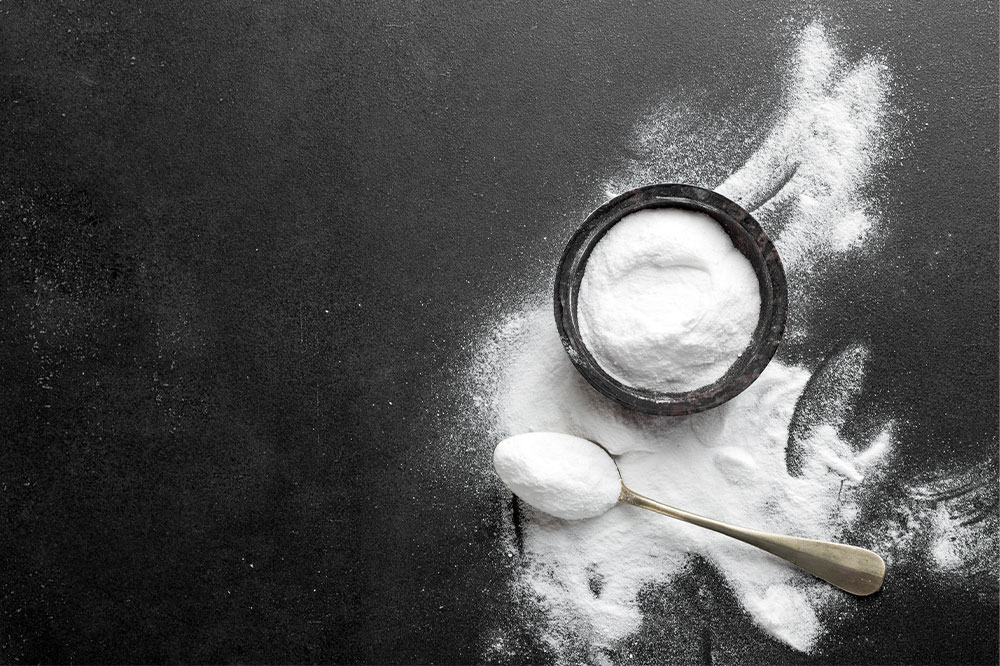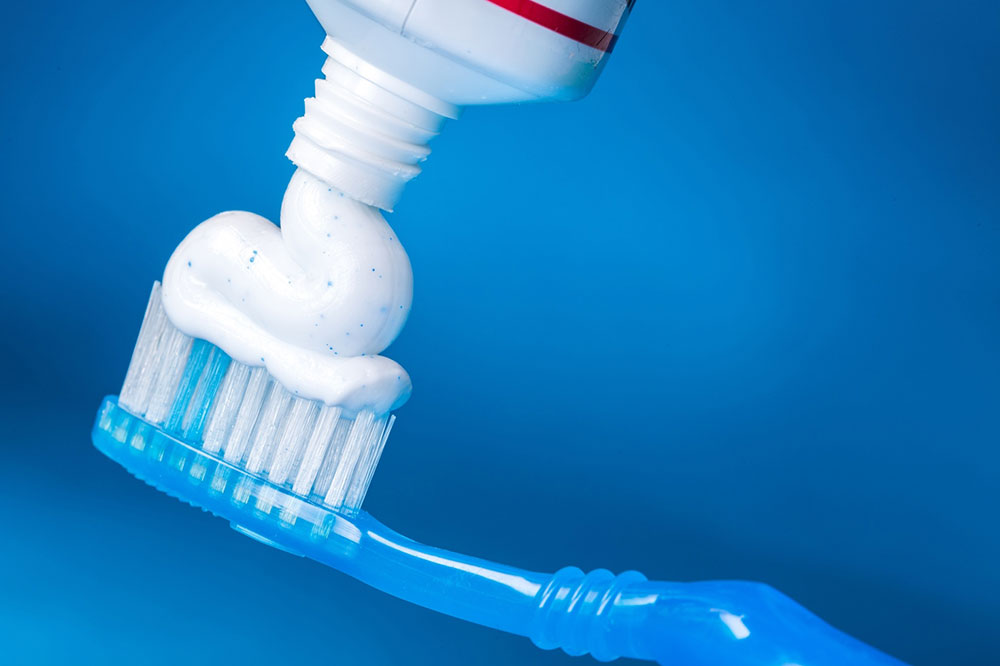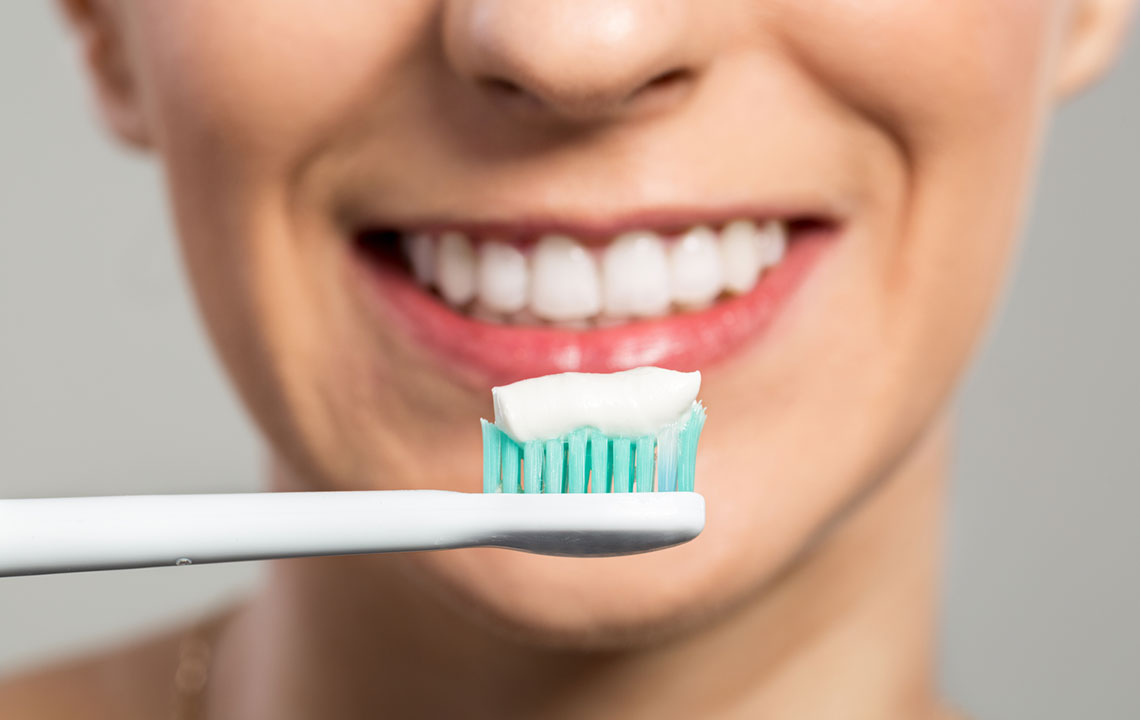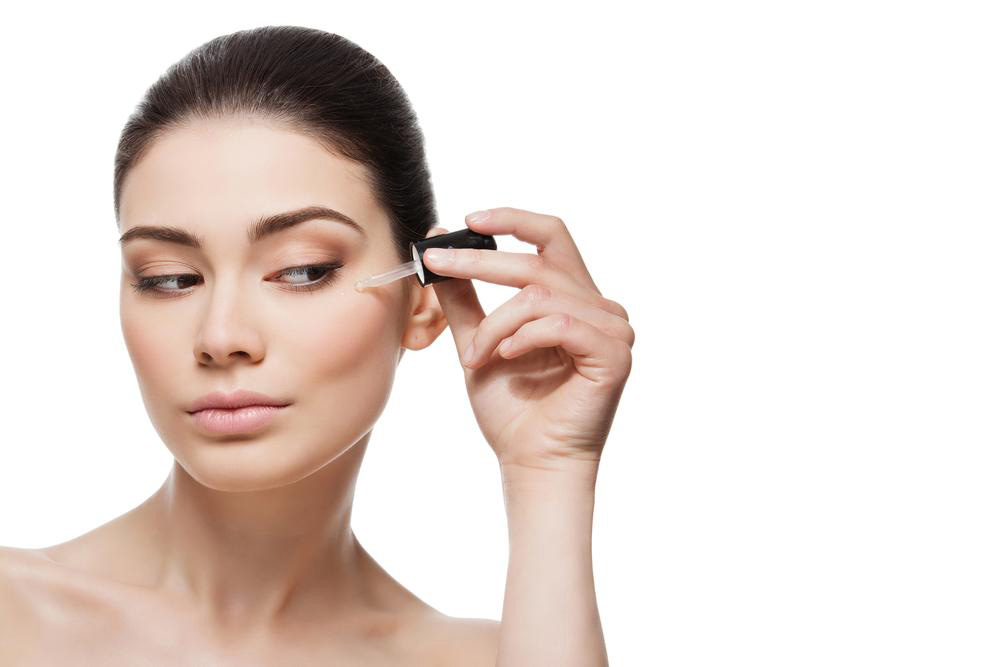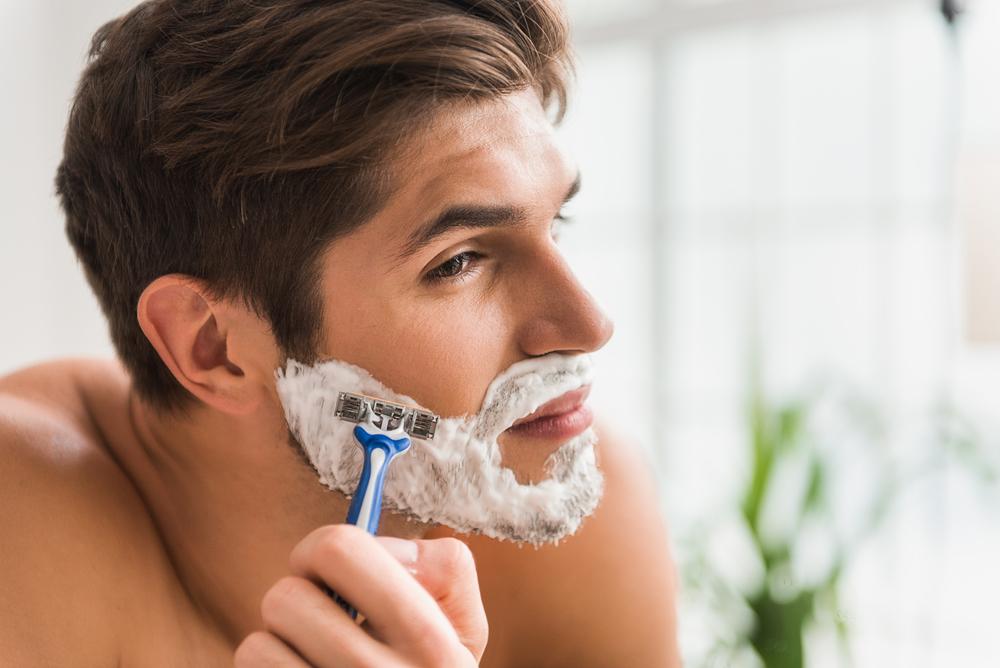Understanding Tooth Discoloration: Causes and Modern Whitening Solutions
This comprehensive guide explores the causes of teeth discoloration, including intrinsic, extrinsic, and age-related stains. It highlights preventive tips, natural remedies, and modern whitening treatments to help maintain a bright smile. Regular dental check-ups are essential for early detection and effective management of persistent stains. Whether opting for over-the-counter products or natural methods, understanding the causes and solutions ensures better oral health and cosmetic appeal. Achieve a confident, radiant smile with these proven strategies.

Understanding Tooth Discoloration: Causes and Modern Whitening Solutions
Discoloration of teeth can arise from multiple factors. The main causes include poor oral hygiene, tobacco use, and certain medications. Fortunately, most stains are treatable and preventable by understanding their origins and exploring effective whitening methods. This article covers different types of stains, their causes, and proven teeth whitening options to help you maintain a bright, healthy smile. Keep reading to learn how to combat discoloration and enhance your dental appearance.
Types of Tooth Stains
Tooth discoloration is categorized into three primary types: intrinsic, extrinsic, and age-related stains.
Intrinsic Staining
This type involves stains inside the tooth structure, making them resistant to surface whitening products. These discolorations often appear grayish and can be caused by:
Certain medications
Trauma or injury
Tooth decay
Excessive fluoride intake
Genetic factors
Extrinsic Staining
Surface stains are typically caused by external factors affecting the enamel, including:
Coffee, tea, and red wine
Certain foods
Smoking and tobacco use
Age-Related Discoloration
As we age, enamel wears down, revealing the natural yellowish dentin beneath. This process can be compounded by intrinsic and extrinsic factors, leading to noticeable discoloration.
Common Causes of Tooth Discoloration
Diet, aging, and injuries significantly influence tooth color. Foods and drinks like:
Red wine
Chocolate
Coffee
Red sauces
Tea
can stain enamel. Additionally, tobacco products, including smoking and chewing tobacco, accelerate discoloration. Age-related thinning enamel, medications like antibiotics, and dental trauma may also cause staining.Color-Specific Causes of Staining
Staining color can indicate specific causes:
Yellow: From smoking, tea, coffee, high-sugar diets, and poor hygiene
Brown: Due to tobacco, colas, dark berries, untreated cavities, and tartar buildup
White spots: Often from fluorosis or early decay
Black spots: From advanced cavities, amalgam fillings, or iron supplements
Purple: Common in red wine drinkers
Preventing Tooth Discoloration
Maintaining good habits can help prevent staining. Tips include:
Brushing and flossing promptly after consuming pigmented foods or drinks
Using whitening toothpaste and mouthwash with peroxide
Avoid smoking and tobacco use
Limiting intake of staining foods and beverages
When to Consult a Dentist
If stains persist despite using whitening products, consult your dentist. Persistent discoloration might signal underlying issues like enamel erosion or cavities. Notably, sudden changes in tooth color after injury also require prompt dental attention. Regular check-ups are essential for early detection and prevention of more severe problems.
Teeth Whitening Options
Numerous whitening treatments are available, from over-the-counter products to professional procedures, suitable for healthy teeth without underlying dental conditions. Options include:
Whitening Toothpaste: Mild abrasives and chemicals help remove surface stains over time.
Gel and Strip Treatments: Peroxide-based gels and strips applied directly to teeth offer noticeable results within days.
Whitening Mouth Rinses: Contain hydrogen peroxide, providing gentle whitening over approximately three months.
Tray-Based Systems: Custom or store-bought trays filled with bleaching gel, worn for hours daily or overnight, with results in weeks.
Natural Whitening Methods
If you prefer chemical-free options, consider natural remedies like:
Oil Pulling: Swish sesame, sunflower, or coconut oil for 15-20 minutes to reduce bacteria and whiten teeth.
Baking Soda: Brushing with a baking soda paste can gradually remove surface stains.
Apple Cider Vinegar: Diluted vinegar used as a mouth rinse can kill bacteria and brighten teeth; use sparingly to prevent enamel erosion.
Additionally, maintaining a diet rich in fruits such as pineapples and strawberries can aid in natural whitening. A radiant smile not only boosts confidence but also reflects good oral health. Follow these tips for a brighter, healthier smile.




